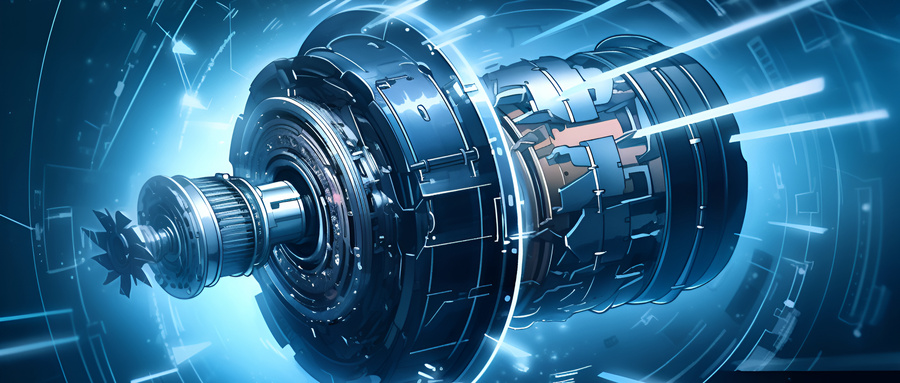I. What is a DC Motor?
A DC motor operates by utilizing brushes and a commutator to channel current into the rotor armature, causing the rotor to rotate within the stator’s magnetic field, thus converting electrical energy.
Advantages:
- Relatively smaller size
- Excellent starting performance
- Smooth and wide range speed regulation
- Low noise without hum
- High torque (significant rotational force)
Disadvantages:
- Complex maintenance
- Relatively expensive manufacturing costs
With its precision speed control and efficiency, a DC motor is a valuable component in advanced Home Fresh Air Ventilation Systems, enhancing the performance of Best Heat Recovery Ventilators and Air Filter Ventilation setups.
II. What is an AC Motor?
An AC motor works by passing alternating current through the stator windings, generating a magnetic field in the stator-rotor air gap. This induces current in the rotor windings, causing the rotor to rotate within the stator’s magnetic field, converting electrical energy.
Advantages:
- Simple structure
- Lower production costs
- Convenient maintenance in the long run
Disadvantages:
- Higher power consumption
- Relatively louder
Comparison & Integration of Key Terms:
Compared to AC motors, DC motors offer a seamless, stepless speed regulation, high energy efficiency, prolonged lifespan, minimal vibration, and low noise levels, making them ideal for continuous, uninterrupted operation. They represent the current trend in applications such as Heat Recovery Ventilation Systems and Energy Recovery Ventilators, ensuring optimal performance within sophisticated Home Fresh Air Ventilation Systems.
Post time: Aug-22-2024







